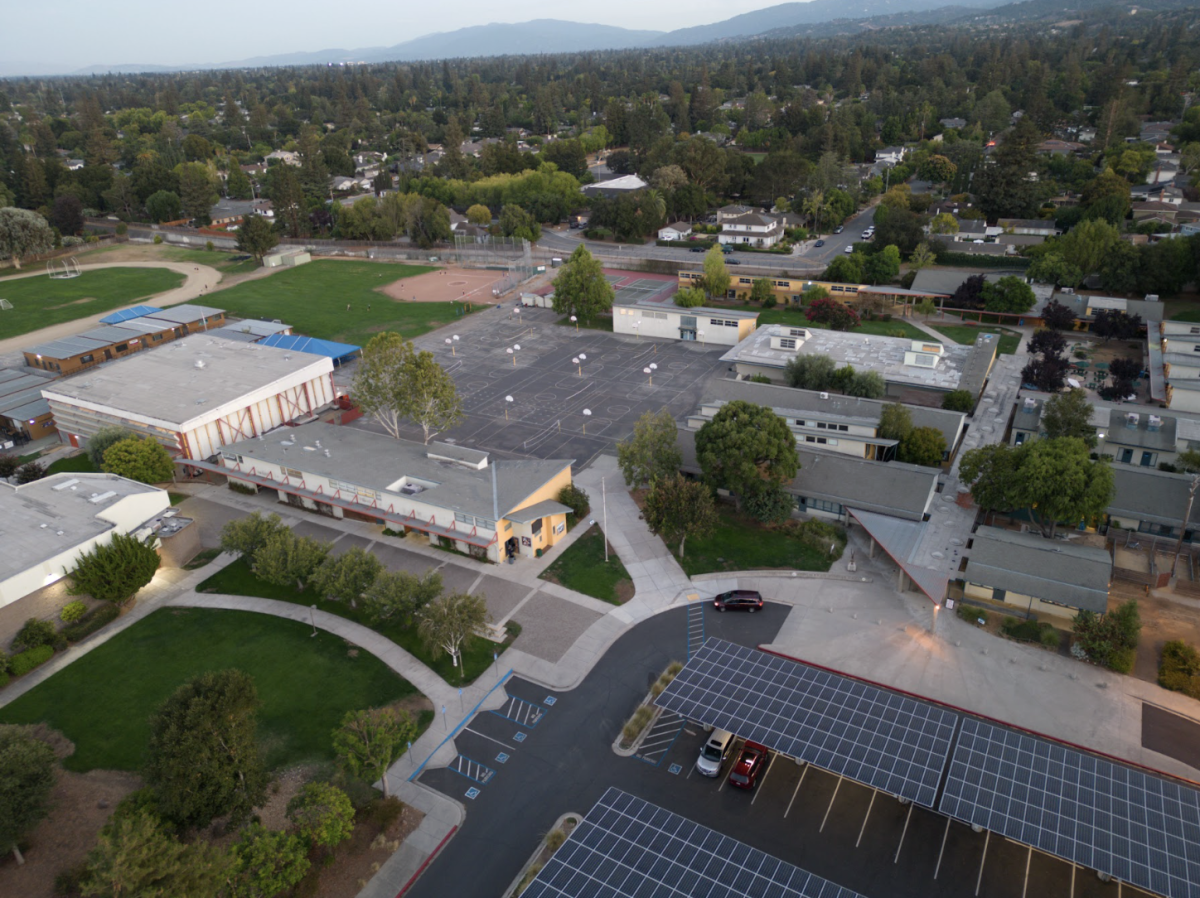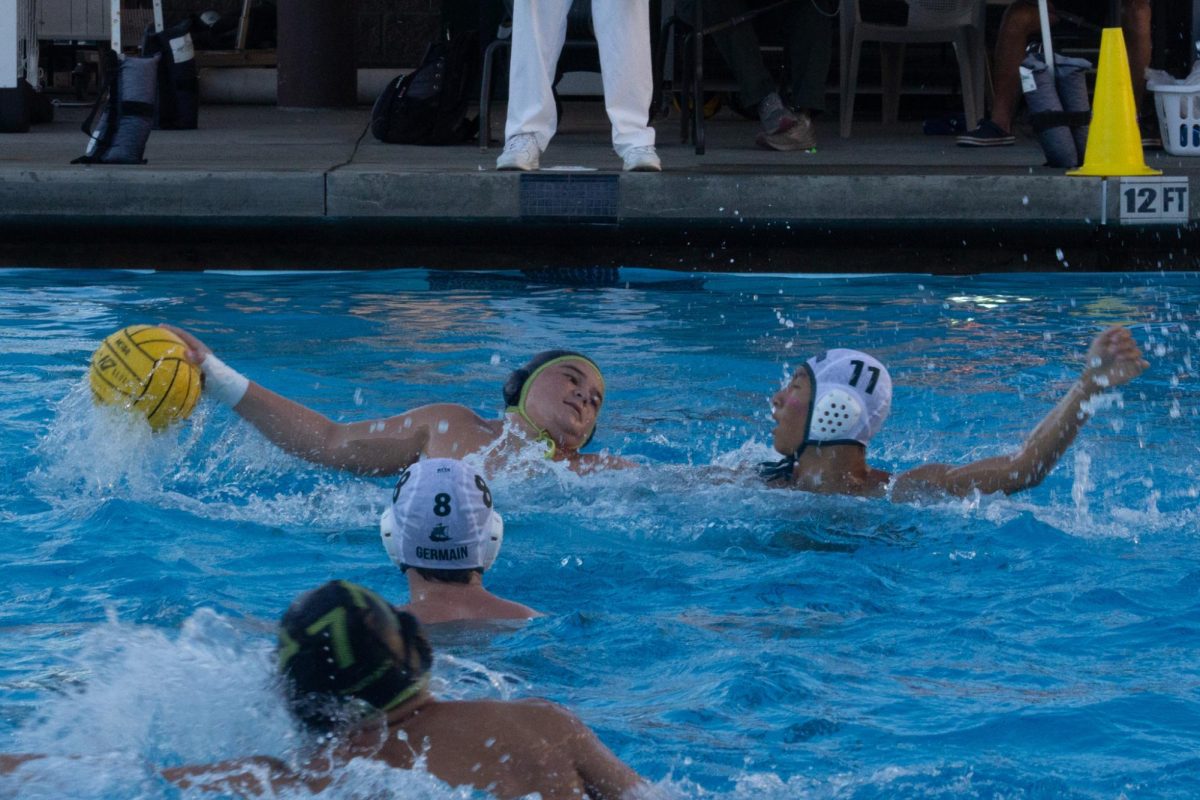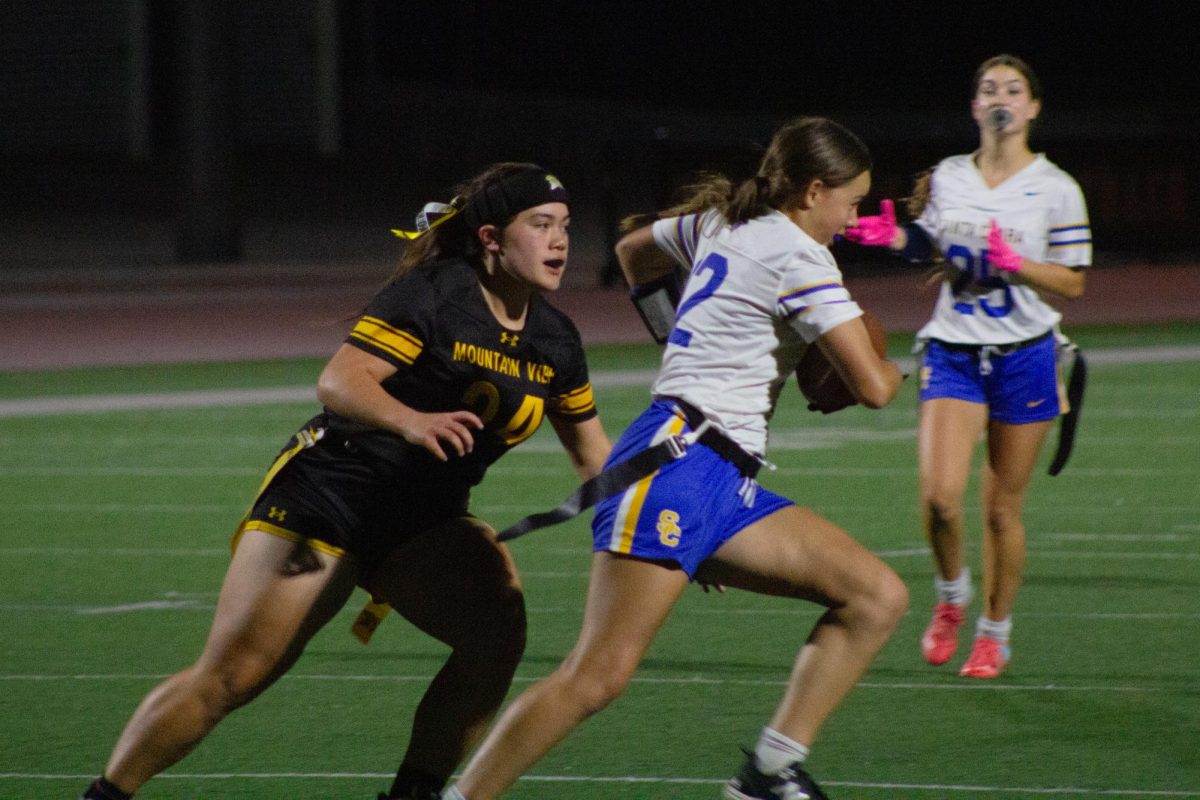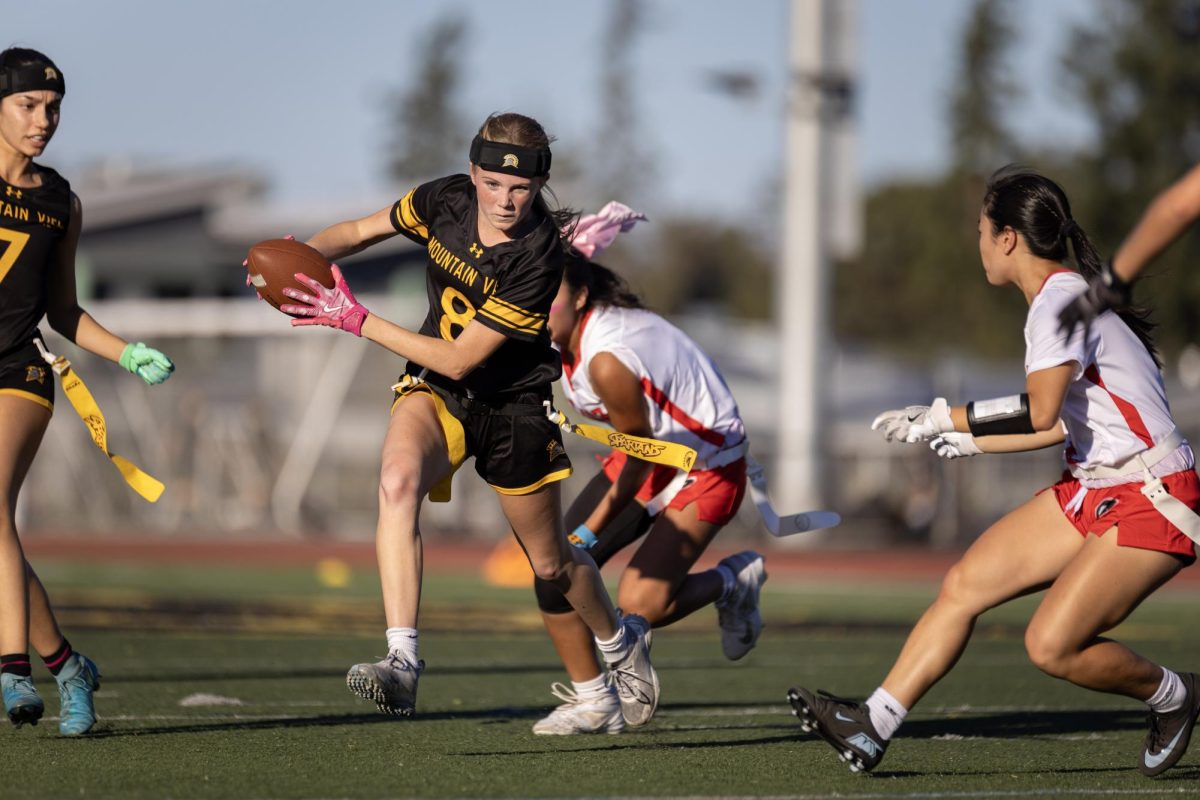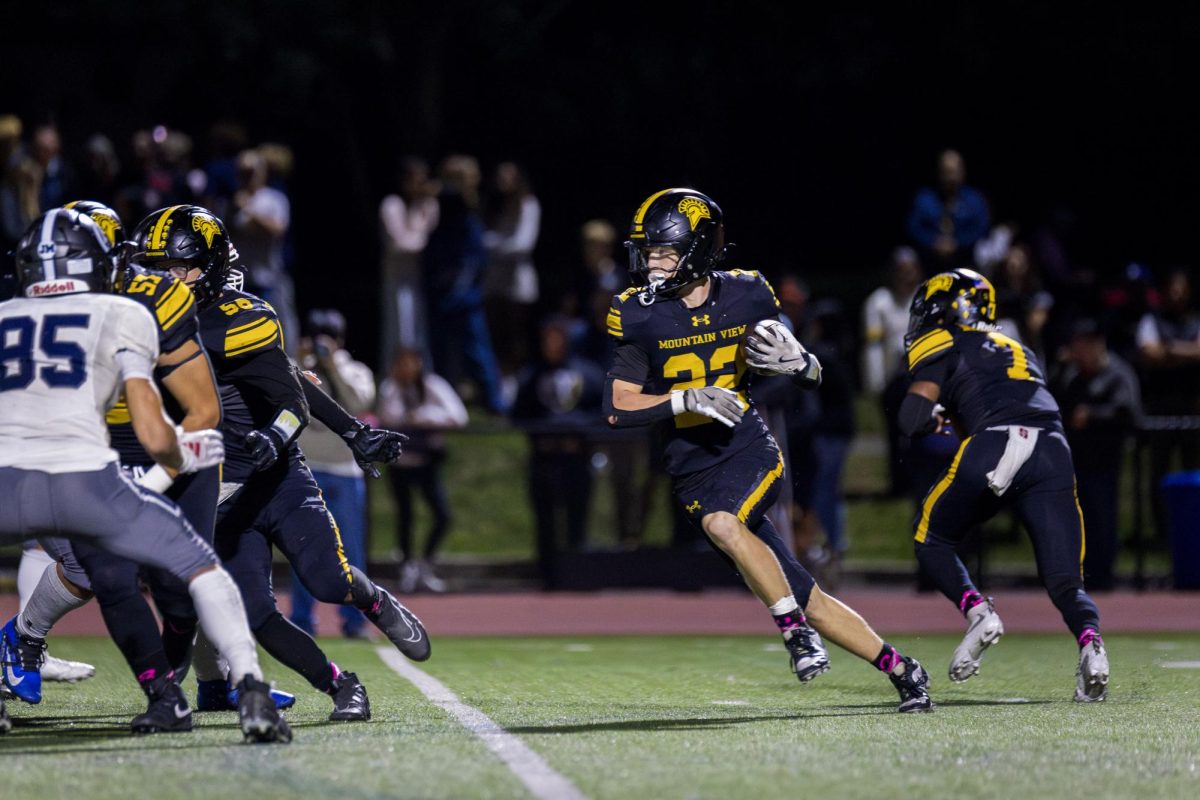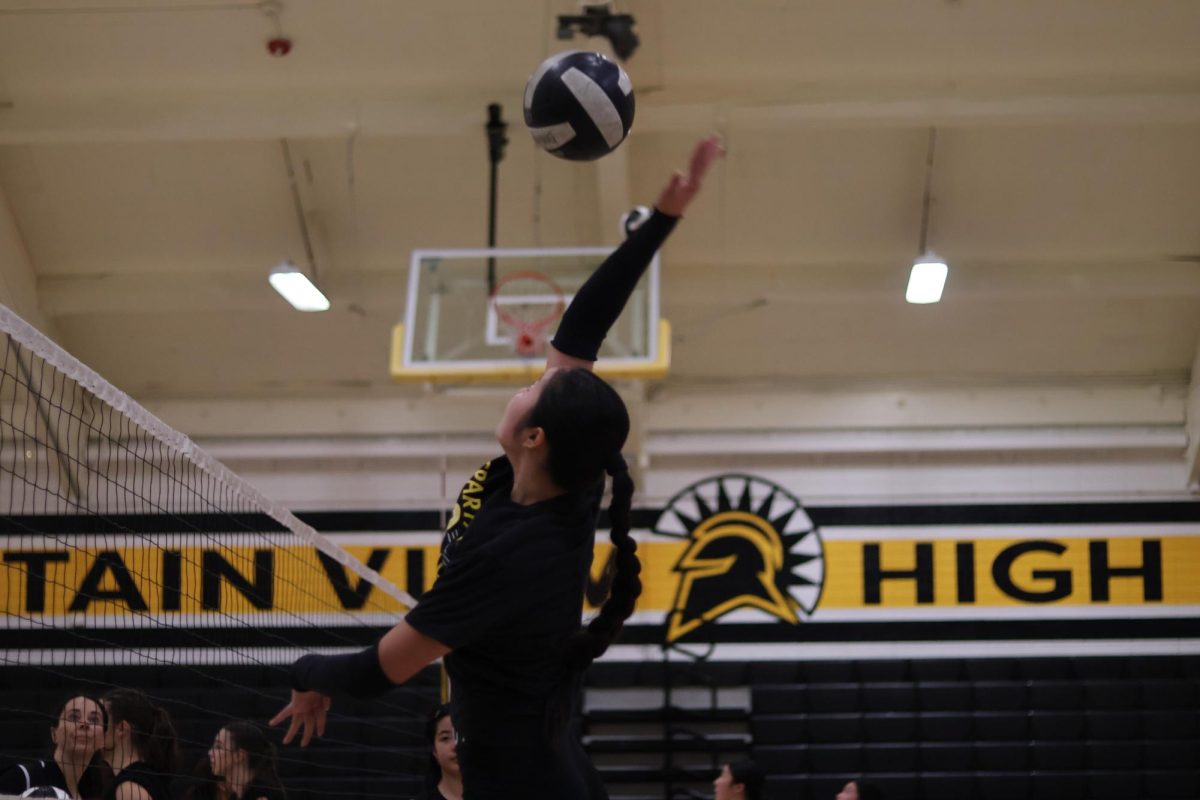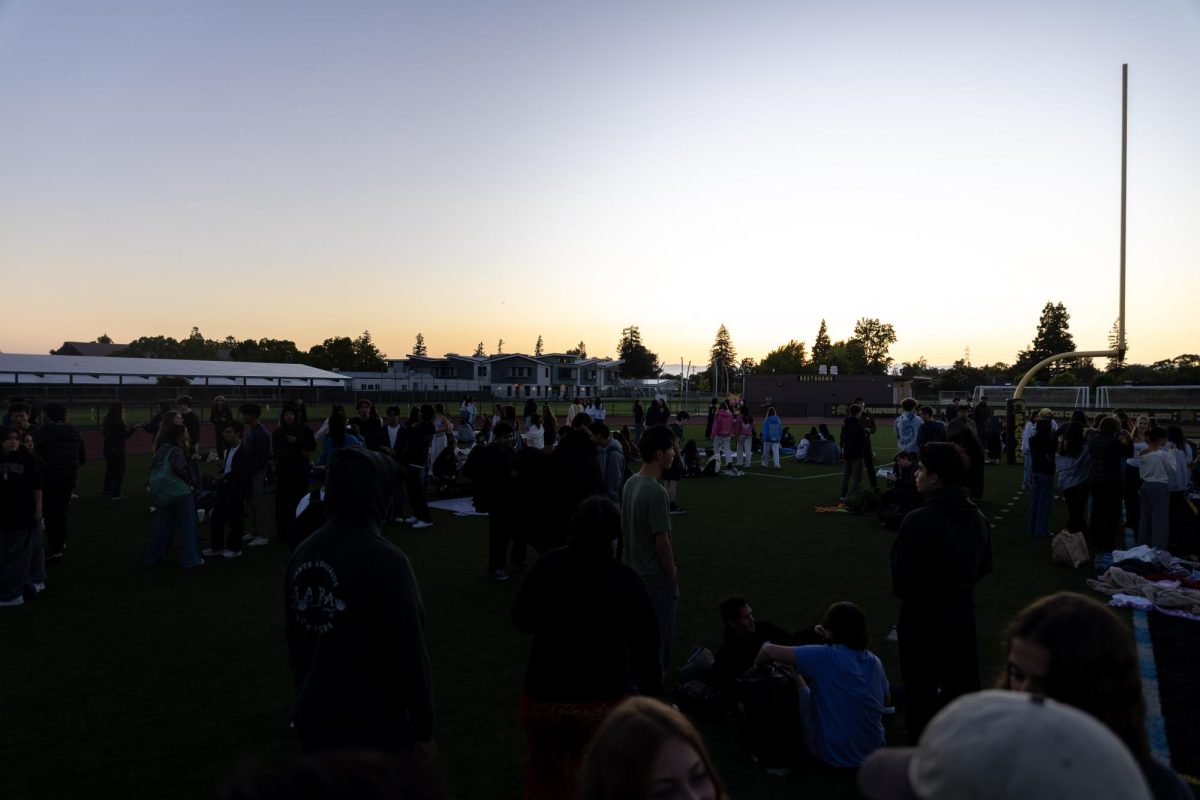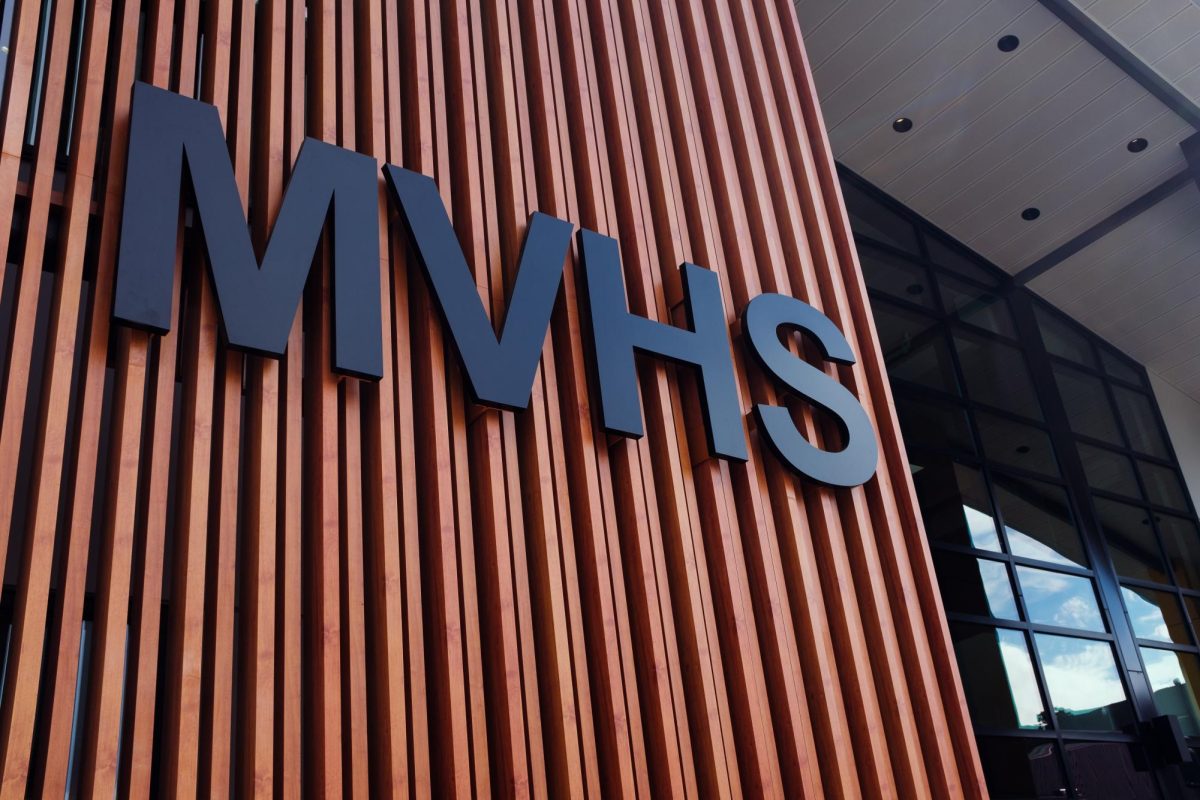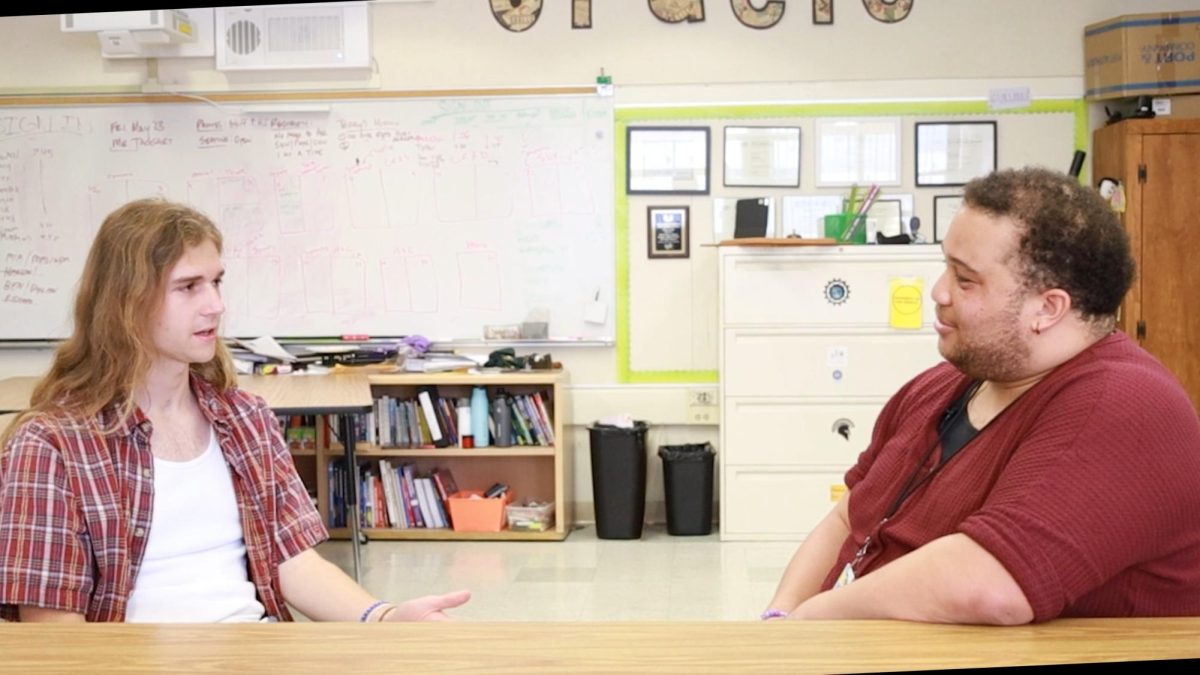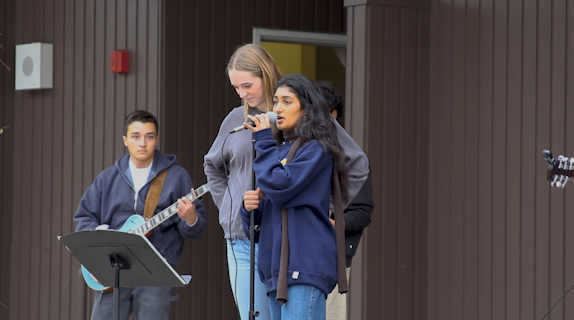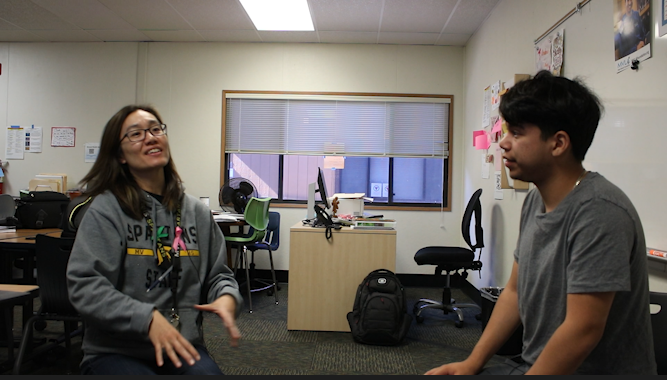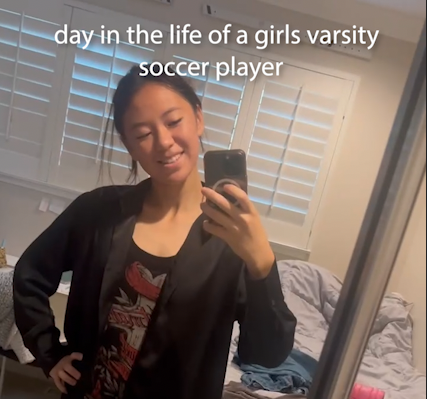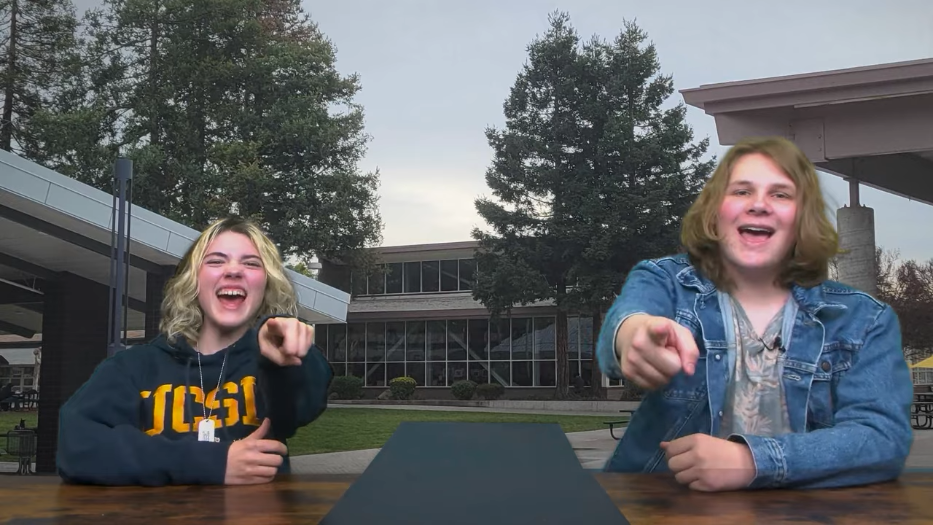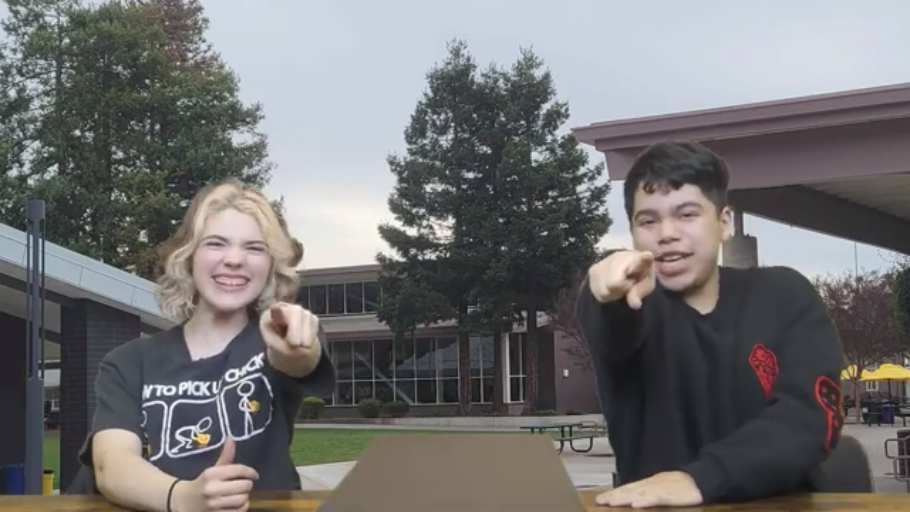As of the 2023-24 school year, MVHS now provides Career Technical Education classes that offer internships and real-world experience, CTE Program Specialist Amber Woodward said.
“[Previously], it was just called the engineering pathway,” junior Ava Seto said. “It didn’t have all the aspects of CTE, like the certifications and the guest speakers.”Seto recently earned an OSHA-10 industry certification through her CTE engineering classes, something that can be applied to and is often necessary for engineering jobs.
“OSHA [is a] safety certification where you learn about all the different types of hazards in the workplace, and how to avoid them,” Seto said.
Since August 2022, the amount of CTE classes has doubled, Woodward said. There are 19 classes total, with five sectors and eight pathways. There are courses in business management, work exploratory, health careers, engineering, and more. According to the Los Altos Town Crier, up to 60% of MVHS students expressed interest in health-care careers, causing the course to be created.
“We have to make sure that students want it,” Woodward said. “There has to be student demand.”
Woodward said that CTE classes are based on real world needs.
“[The classes] are aligned with industry job needs,” Woodward said. “I look at the Bay Area, specifically Santa Clara County, and I look at where the jobs are, where the openings are, and which ones earn a livable wage in our community.”
One of the strong points of CTE is that it aids in skill development in different pathways.
“CTE has helped me develop the skills in the engineering process,” Seto said. “That’s been really helpful. Some other skills that CTE has helped me foster are the teamwork skills and the communication skills that you need [to be part of] a team.”
Many CTE classes also go on field trips, to gain real-world perspective on certain industries.
“[My class] went to the Tesla factory,” Seto said. “That was a really neat experience because we got to see the mechatronics we were learning in class applied in the real world, [and] to a manufacturing factory.”
In an engineering class, students will write code, build robots, design buildings, among other things, while engaging partnerships with nearby companies. The health pathway is working with Stanford University and co-authored a grant, while the engineering classes have worked with LinkedIn, Woodward said.
“We’re really excited about that partnership,” Woodward said. “We’re excited to be continuing to create those different relationships with our community.”
The district is working on making sure that all classes are accessible to students, and making sure that all students have the same opportunities, Woodward said. Woodward also emphasized the importance of spreading the word about CTE classes, to obtain equal outreach.
“That’s what excites me about it,” Woodward said. “It levels the playing field so that everyone can have an opportunity to have a college kind of experience.”
Through the many pathways, CTE teaches students valuable lessons that can later be implied when working in certain industries, and later on through life.
“When they take a class, it’s not just a class,” Woodward said. “It’s an experience.”

